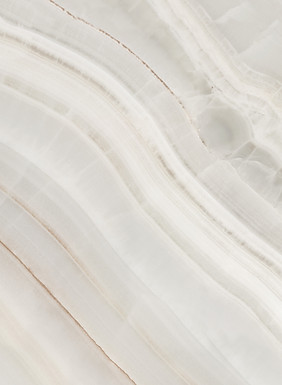
Minimalism is Calling


Less is MORE
The trend of minimalism has been gaining momentum in recent years, and it has had a significant impact on various aspects of our lives, including home textile and decor. The concept of minimalism is about simplifying our lives, removing excess and unnecessary items, and creating a clean and uncluttered environment. In this blog post, we will explore the significance of minimalism on home textile and decor and how it has influenced the industry.
Minimalism has a profound impact on home textile and decor, as it has led to a shift in the way people approach decorating their homes. The focus is no longer on accumulating a large number of items to fill up space but on carefully selecting a few high-quality pieces that can stand on their own and enhance the overall look of the room. Minimalism is all about creating a sense of calmness, tranquility, and serenity in your living space.
When it comes to home textile, minimalism means choosing fabrics that are simple, neutral, and timeless. Instead of opting for bold and flashy prints, minimalism favors subtle and understated patterns that complement the overall aesthetic of the room. For example, a minimalist bedroom might feature a simple white duvet cover, crisp cotton sheets, and a few throw pillows in muted colors. The focus is on creating a peaceful and calming atmosphere that promotes rest and relaxation.
In addition to fabrics, minimalism has also influenced the use of accessories and accents in home decor. Instead of filling every surface with knick-knacks and decorative items, minimalism favors a few carefully selected pieces that can make a big impact. For example, a minimalist living room might feature a large piece of artwork on the wall, a simple vase with fresh flowers on the coffee table, and a few books stacked neatly on a shelf. The key is to choose items that are meaningful and add value to the room, rather than cluttering it up with unnecessary items.
Another way that minimalism has influenced home textile and decor is through the use of natural materials. Minimalism favors materials that are organic, sustainable, and eco-friendly, such as linen, cotton, wool, and bamboo. These materials not only look beautiful but also have a lower environmental impact than synthetic materials. The use of natural materials is also in line with the idea of simplifying our lives and creating a closer connection to nature.
Minimalism has had a significant impact on home textile and decor. It has shifted the focus from accumulation and excess to simplicity and quality. Minimalism favors neutral colors, understated patterns, and natural materials, creating a sense of calmness, tranquility, and serenity in our living spaces. By adopting a minimalist approach to home textile and decor, we can create a space that is not only beautiful but also promotes rest, relaxation, and a sense of well-being.
